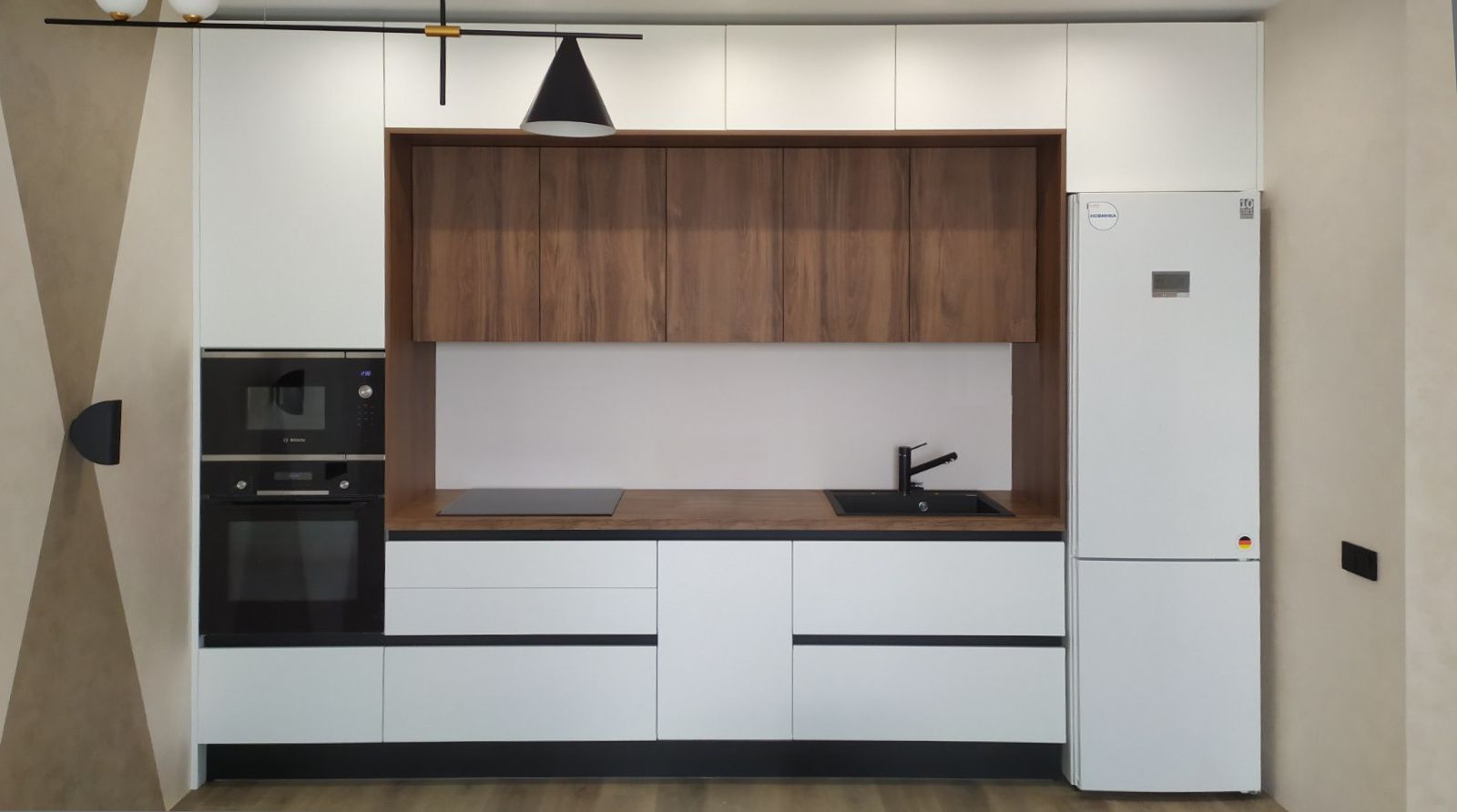
Introduction to Modern Culinary Spaces
The world of culinary arts is constantly evolving, bringing with it an exciting transformation of the spaces in which food is prepared and enjoyed. In recent times, the concept of the kitchen and dining area has undergone a significant metamorphosis, pushing the boundaries of design and functionality. This article explores the emerging trends that refine and redefine culinary spaces with a touch of elegance.
Function Meets Aesthetics
Today's culinary spaces are not just about cooking; they represent a lifestyle. The modern kitchen is expected to be highly functional yet visually appealing. This balance is achieved with the integration of state-of-the-art appliances that blend seamlessly with sleek cabinetry and countertops. Advances in technology have allowed for appliances to become more compact and efficient, freeing up space for a more minimalist and clutter-free environment.
Open-Concept Layouts
The traditional barriers between the kitchen, dining, and living areas are being torn down to create open-concept spaces. These floor plans facilitate a free flow of conversation and movement, perfect for entertaining while cooking. The open space also allows for more natural light, making the room appear larger and more inviting. To maintain a sense of division, designers often use contrasting materials or levels, such as a raised platform for the dining area or a different flooring material.
Material Matters
In the redefinition of culinary spaces, the choice of materials plays a pivotal role. Natural materials like stone, wood, and marble add warmth and texture while providing durability and timeless elegance. Innovative synthetic materials are also popular, offering a wide range of colors and finishes that can mimic natural textures or add a futuristic touch to the kitchen. Lighting fixtures are chosen not only for their functional illumination but as statement pieces that enhance the room's overall design.
Sustainable Practices
Sustainability is a growing concern, and culinary spaces are reflecting this trend. Eco-friendly materials, energy-efficient appliances, and waste-reduction solutions are at the forefront of kitchen design. Recycling bins are now built into cabinetry, and composting solutions are increasingly common. Water-saving faucets and locally sourced materials also contribute to a kitchen's sustainable profile.
Personalization and Flexibility
Customization is key in modern culinary spaces. Homeowners want their kitchens to reflect their personal style and meet their specific needs. From custom cabinetry that maximizes storage to adjustable lighting systems that set the mood, every detail can be tailored. Movable islands and retractable surfaces provide versatility, allowing the space to transform in function at a moment's notice.
Technology Integration
Modern culinary spaces are also smart spaces. Integrated technology improves the cooking experience with features like smart ovens that can be controlled remotely, refrigerators that keep track of groceries, and faucets that activate with a simple touch. Digital assistants and smart home systems add further convenience, permitting voice control for many kitchen functions.
Conclusion: Culinary Spaces of the Future
Culinary spaces have truly been redefined with a blend of elegance, innovation, and personalized functionality. As trends continue to evolve, one thing remains clear: the kitchen is not just a place to cook but a central hub for living and engaging with others. By embracing these new design concepts, culinary spaces can be both beautiful and functional, making every culinary experience a pleasure.